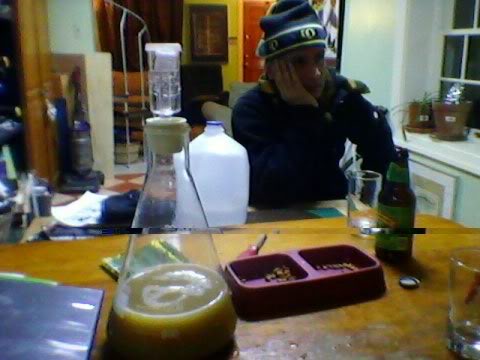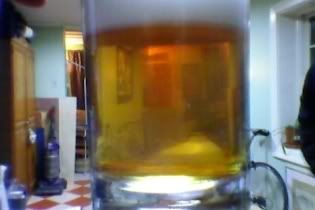first and foremost, make sure everything the wort and/or beer touches after you chill it is sanitized!
step 1:
pick out your specialty grains. put them in a mesh bag and steep them in 150 degree water for at least 15 minutes. this will contribute the flavors, colors, and aromas that will end up defining your beer as well as certain characteristics of its body. in extract brewing, the grains are steeped purely for these reasons and not to obtain any fermentable sugars.
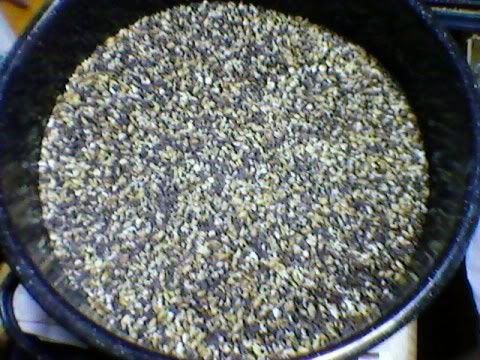
this recipe has seven pounds of extra shit! way more than a usual brew.

step 2:
drain out as much liquid as possible from the mesh grain bag. then dunk the bag in a pot of 170 degree water to extract the color and flavors still trapped inside the steeping bag. this is a modified version of a process called sparging.
step 3:
bring to a boil.
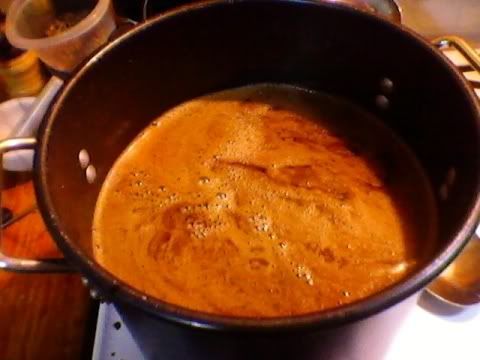
the boiling malt-tea concoction before any fermentable sugars are added.
step 4:
turn heat off and add fermentables (malt extract either dried or syrup). careful to watch for a boil over when turning the heat back on.
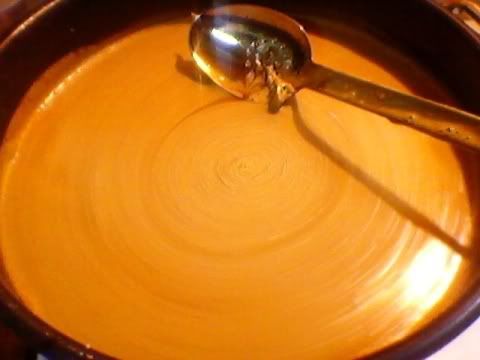
looking real creamy!
step 5:
add bittering hops. boil time starts when first hops are added. watch timer for aroma hop additions. definitely turn heat off when adding the first hops. them things are volatile and WILL boil over if you are not careful.
note:
the longer you boil the hops, the more their bittering qualities come through. if you want to obtain a more aromatic result, add them at the end of the boil or a few minutes before the end. this is where you can have a lot of fun with a wide range of results.
step 6 (if applicable):
with 20 minutes left in the boil. add adjuncts such as belgian candi sugar or lactose. also optimal time to add irish moss if you want to use a clarifying agent.
step 7:
flameout. add the weird shit that you've already boiled to being steeping flavors and sanitize. dump "tea" and fruit/whatever you are using to wort.
step 8:
chill! either put the brew kettle in an ice bath or get one of these almost fancy immersion chillers. they work by running cold water through a copper tube, cooling down the hot wort around it. chilling should take no more than a half hour. any more and you risk the chance of bacteria infecting your beer!
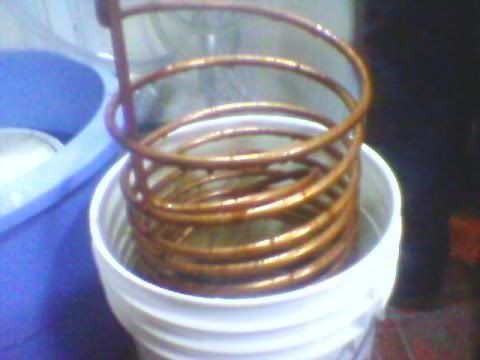
immersion chiller
step 9:
dilute with pure water and aerate. you can do this by putting the lid on the fermenter and your finger over the whole, and then shaking the fuck out of it. remember, if you want healthy fermentation, you need plenty of oxygen! then pitch the yeast.
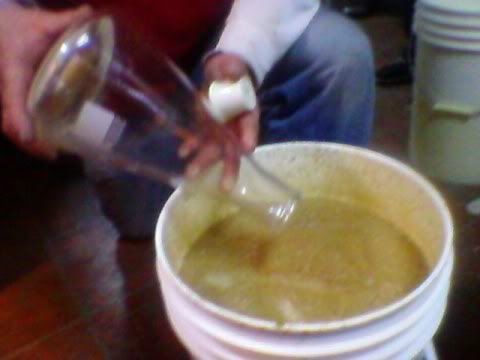
yeast pitched from a starter!
step 10:
put the fermenter in a dark place with a constant temperature according to what the yeast calls for. keep an eye on fermentation over the next few days. when the bubbles occur less than once every thirty seconds, transfer to a secondary to further clarify/dry hop/oak or bottle. in two to four weeks, you have beer!
